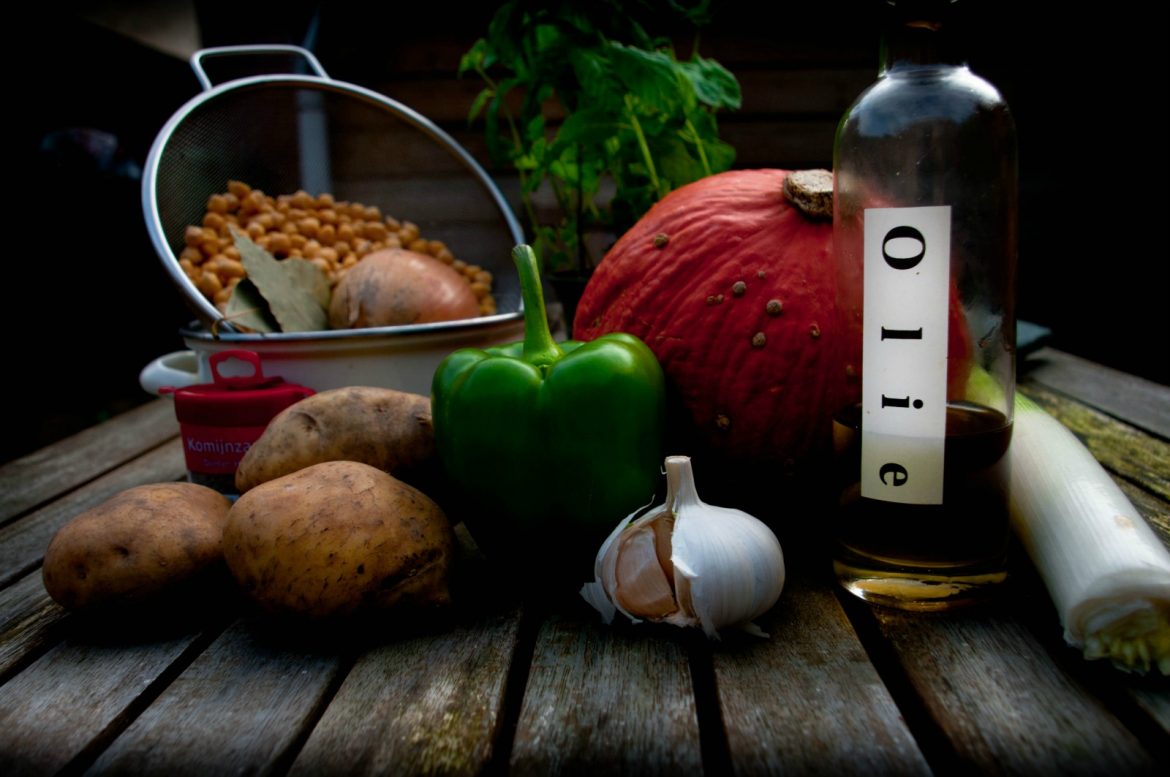As pet owners, we always want the best for our furry friends. One of the most important aspects of their health is their diet. However, changing their food can be a daunting task, especially if they have sensitive stomachs or picky tastes. But fear not, with a few simple tips and tricks, you can smoothly transition your pet’s diet without any fuss. In this article, we’ll explore some of the best pet diet transition tips to help you make the switch with ease. So, grab a cup of tea, sit back, and let’s get started!
1. From Kibble to Fresh Food: Tips for a Smooth Pet Diet Transition
Transitioning your pet’s diet from kibble to fresh food can be a daunting task, but with the right tips and tricks, it can be a smooth process. Here are some things to keep in mind:
- Start slow: Introduce fresh food gradually to avoid upsetting your pet’s stomach. Begin by mixing a small amount of fresh food with their regular kibble and gradually increase the ratio over a few weeks.
- Choose high-quality ingredients: When selecting fresh food for your pet, opt for high-quality ingredients that are free from fillers, preservatives, and artificial flavors. Look for lean proteins, whole grains, and fresh fruits and vegetables.
- Consult with your vet: Before making any major changes to your pet’s diet, consult with your veterinarian to ensure that it is appropriate for their age, breed, and health status.
Remember that every pet is different, and what works for one may not work for another. Be patient and observant, and make adjustments as needed. With a little patience and persistence, your pet can enjoy a healthy and delicious diet of fresh food.
2. Making the Switch: How to Transition Your Pet’s Diet without Disruption
Transitioning your pet’s diet can be a challenging process, but with the right approach, it can be done without causing any disruption to your pet’s health or behavior. Here are some tips to help you make the switch:
- Start Slowly: Introduce the new food gradually over a period of 7-10 days. Begin by mixing a small amount of the new food with your pet’s current food and gradually increase the amount of new food while decreasing the amount of old food.
- Monitor Your Pet: Keep a close eye on your pet’s behavior and health during the transition period. Look for signs of digestive upset, such as vomiting or diarrhea, and adjust the transition plan accordingly.
- Stick to a Schedule: Feed your pet at the same time each day and avoid free-feeding. This will help your pet adjust to the new diet more quickly and prevent overeating.
Remember, every pet is unique, and the transition process may take longer for some pets than others. Be patient and keep a positive attitude, and your pet will soon be enjoying their new diet without any disruption to their health or behavior.
3. Smoothly Switching: A Guide to Transitioning Your Pet’s Diet for Optimal Health
Switching your pet’s diet can be a daunting task, but it’s important to do it smoothly and gradually to avoid any digestive issues. Here are some tips to help you transition your pet’s diet for optimal health:
- Start by mixing a small amount of the new food with the old food. Gradually increase the amount of new food over a period of 7-10 days.
- Observe your pet’s behavior and appetite during the transition period. If you notice any signs of discomfort or loss of appetite, slow down the transition process.
- Make sure to choose a high-quality food that meets your pet’s nutritional needs. Consult with your veterinarian to determine the best diet for your pet.
Remember that a smooth transition to a new diet can have a positive impact on your pet’s overall health and well-being. By following these tips and taking your time, you can help your pet adjust to their new diet with ease. In conclusion, transitioning your pet’s diet can be a smooth and stress-free process with the right approach. By following these tips and taking things slow, you can ensure that your furry friend stays healthy and happy throughout the transition. Remember to always consult with your veterinarian and pay attention to your pet’s behavior and appetite. With patience and care, you can successfully switch your pet’s diet and provide them with the nutrition they need to thrive.

